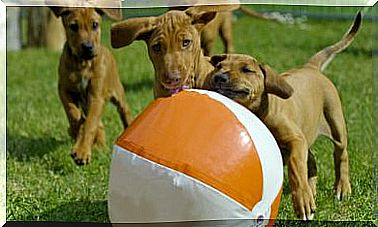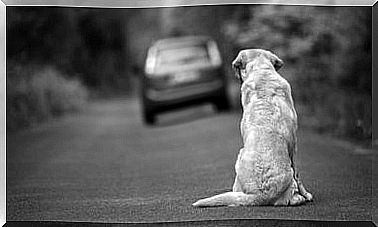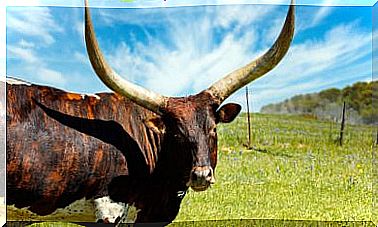What Animals Live In Groups?
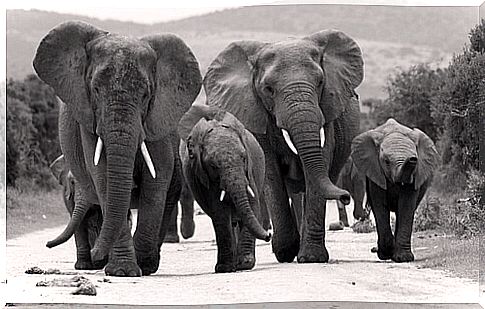
Those specimens that are interactive with other members of their species, and even establish hierarchies are considered ‘social’. While it is true that all require contact with others to reproduce, the truth is that only some animals live in groups throughout their lives. Find out what they are in the following article.
Characteristics of social animals
The term ‘social animal’ is defined as those individuals that constantly interact with other specimens of the same species, that is, they do not only come together during mating season. The behavior and organization of animals that live in groups is different from those that are solitary.
In addition to humans, the most prominent example of sociability, there are other species of mammals that coexist with their congeners. There are even examples of birds and insects that carry out the same practice.
Which animals live in a group?
They can form flocks, herds, colonies or countries … And be very efficient in terms of responsibilities and tasks of each individual. Among the examples of animals that live in groups we highlight:
1. Elephant
The largest land animal on the planet – at birth it weighs 120 kilos and in adulthood it can weigh 11,000 kilos – and one of the most intelligent, it is characterized by living in society and having a complex and outstanding organization system.
For example, the African savanna elephant has a great social life and the herd is made up of females and their young led by the oldest female, known as the ‘matriarch’. They are accompanied by one or two males, although the others do not stray too far from the group and come close during the mating season.
2. Leon
Another example of animals that live in groups native to Africa, which can also move in pairs. The herds are made up of about five or six females, their young and up to two males who mate with the adult females – who are related to each other.
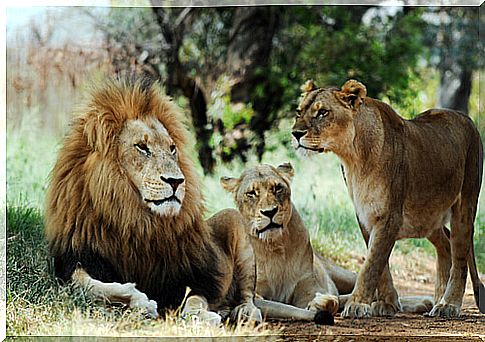
When they reach maturity, the ‘leftover’ males are thrown out of the group to form their own. Each herd has a certain territory in which to hunt, breed and rest. The lionesses are in charge of getting food and the lions, easily recognizable by their manes, defend the young.
3. Ant
When we think of animals working as a team, the image of ants automatically comes to mind. They are a clear example of coexistence and sociability, since they form colonies of thousands of individuals where each one has a specific task to fulfill.

The ants are commanded by a female, who is in charge of laying the eggs and determining whether the young are female or male; by a handful of winged males, who have the responsibility of fertilizing the female; and for the workers, who are infertile females and their jobs consist of looking for food, defending the colony and feeding the larvae.
4. Penguin
The social structure of the only bird that cannot fly, but can swim wonderfully, is very well organized. Individuals interact with each other at certain times in life, although they may also be independent and need privacy when reproducing and caring for their young, something similar to what can happen with humans.
To enhance its social appeal, the penguin grooms its feathers with a natural oil, which also allows it to dive faster. This status obtained after grooming allows them to survive in the winter and, since the migration is very complicated and long, to count on the support of others.
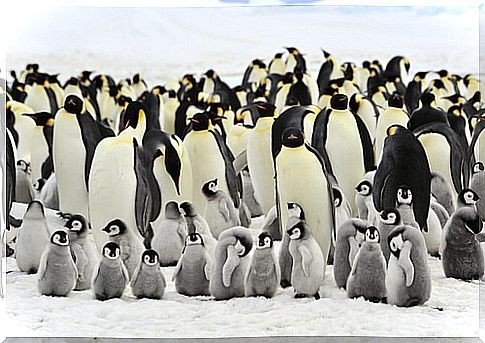
5. Dolphin
No one can deny that dolphins are one of the most sociable species in the world: they live in herds of up to 40 individuals, which help each other to get food or defend themselves from dangers.

Interactions between group members are very close, so dolphins are related to friendship and love. When for some reason one or several separate from the herd, when they return they are greeted with greetings and ‘dances’. But that doesn’t just happen on special occasions: on a day-to-day basis, they also have fairly close physical contact with each other.
